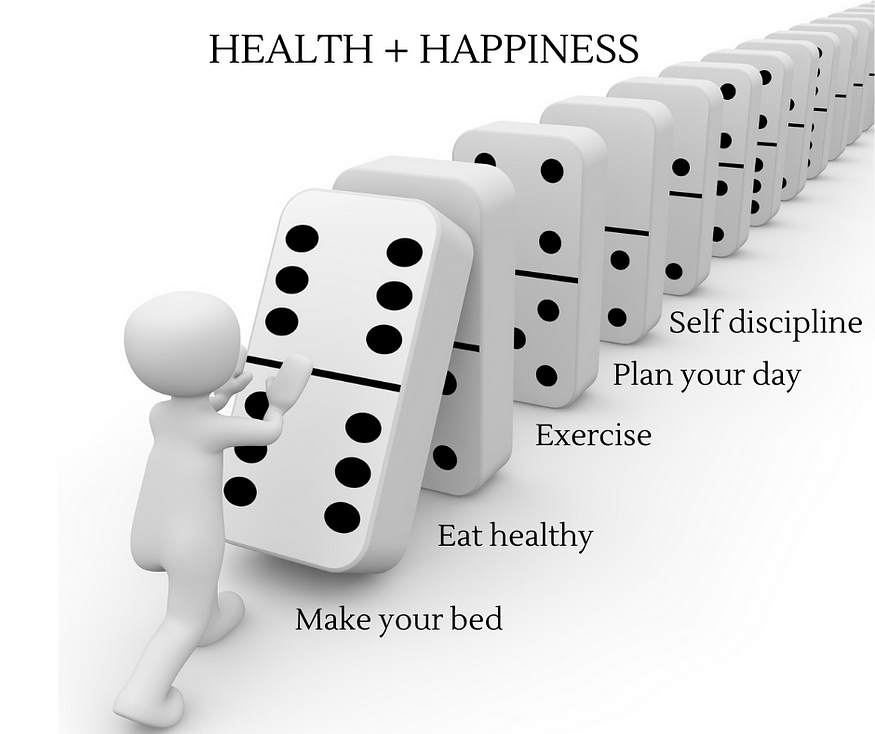Keystone habits are “small changes or habits that people introduce into their routines that unintentionally carry over into other aspects of their lives”. This is the definition of Charles Duhigg in his book, The Power of Habit.

Without knowing the Keystone habits, I experimented with their power a few days ago. A few months ago, I wanted to create something new at work, a new way to create products using innovation and creativity. I spent time imagining how it could look like. I talked to people and get their support, I talked to prospects who showed their interest. It was all fine and exciting until the first prospect declared that they wanted to become client. A person told me that it was my vision since the beginning, therefore I should have been happy. I was not. I was nervous. I could see how things could go wrong, how we were not prepared and we could make a mess and embarrass ourselves. I felt negative energy raising in me. It was so much that I could not meditate at that point. I needed something different to calm me down first. When I am nervous I tend to search for comfort food, but I knew it would not help. I decided on another approach. I changed my clothes, I got the training shoes on, add few warm layers to defeat the cold and went out jogging. After the first steps where my mind was buzzing around, I calmed down, adjusted my breath and steps and my mind started flying freely. In the middle of the run I could see what I needed to fix before the client and a few steps later I thought of some options to make it happen. Like the weather could feel that I was more relaxed, a burst of lovely sunshine poured in and hit me like I was enlightened. I enjoyed the sensation a few steps, before starting to sweat too much and feel uncomfortable. I came back home and after a needed shower, I was able to write down issues, options to overcome them and the next tasks to do. At that point, I was reassured that I could make it. I had a plan to make it work.
That evening I was writing down what happened and being introspective. I realised that I used the Keystone habits. In her article about Keystone habits, Julie Leonard explains that there are hints that create a domino effect that has a positive benefit on our health and happiness. Indeed a single jog was able to calm me down, make me focus, avoid junk food, plan the rest of my work and journaling. Domino!
In his book, Duhigg structures a habit in three elements: a cue (a trigger), a routine and a reward. These 3 elements combined form a habit loop. Once this loop is formed, you start to crave the reward that you get from engaging in the routine.
It seems almost a pattern for a mouse to follow or the Pavlov dog. I also like to think about ourselves in terms of structures and systems and I can see how Keystone habits can improve my health and happiness.
Great examples of Keystone habits are:
Dress better
Make your bed
Having family dinners
Exercise
Journaling
Meditating
On top of all the examples above, there is another special Keystone habit that can make a huge difference in our lives. Duhigg says that “dozens of studies show that willpower is the single most important keystone habit for individual success”. Willpower is intended as self-discipline.
Do you resist that junk food, eat healthily and feel better with yourself? Do you have enough willpower to change your habits and improve your happiness?

